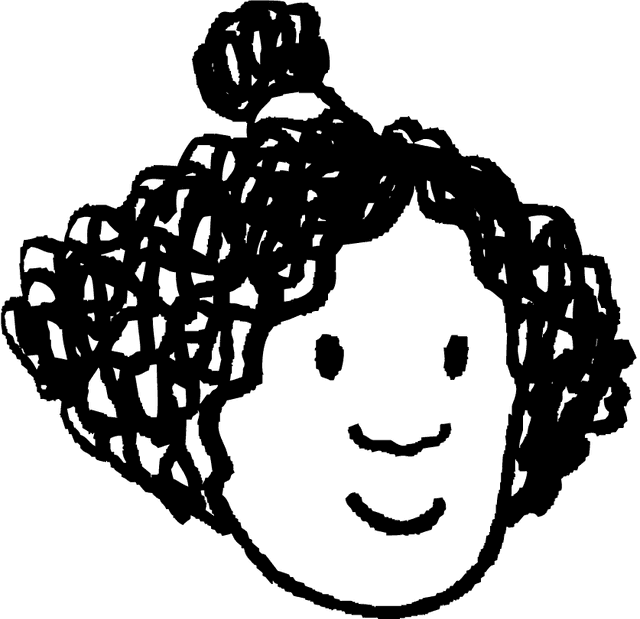Myths about teaching can hold you back
- Year 7
Mixtures and solutions
I can use key terms to describe a solution and describe how making a solution affects its total mass.
- Year 7
Mixtures and solutions
I can use key terms to describe a solution and describe how making a solution affects its total mass.
These resources were made for remote use during the pandemic, not classroom teaching.
Switch to our new teaching resources now - designed by teachers and leading subject experts, and tested in classrooms.
Lesson details
Key learning points
- A solution is formed when a soluble solid dissolves in an appropriate solvent
- In chemistry, mass is measured in grams (g)
- The mass of substances that are mixed adds together to give the total mass of the mixture (mass is conserved)
Keywords
Solute - A solute is a substance that has dissolved into a solvent.
Solvent - A solvent is a substance into which a solute dissolves.
Soluble - When a solute dissolves, it is described as soluble.
Solution - When a solute and solvent combine, a solution forms.
Conservation of mass - The combined mass of starting materials equals the combined mass of the end products.
Common misconception
Pupils confuse similarly sounding key terms; solute, solvent, solution, soluble, insoluble.
Spend time discussing ways to remember the differences, e.g. solvent has more letters = have more of it in the solution.
To help you plan your year 7 science lesson on: Mixtures and solutions, download all teaching resources for free and adapt to suit your pupils' needs...
To help you plan your year 7 science lesson on: Mixtures and solutions, download all teaching resources for free and adapt to suit your pupils' needs.
The starter quiz will activate and check your pupils' prior knowledge, with versions available both with and without answers in PDF format.
We use learning cycles to break down learning into key concepts or ideas linked to the learning outcome. Each learning cycle features explanations with checks for understanding and practice tasks with feedback. All of this is found in our slide decks, ready for you to download and edit. The practice tasks are also available as printable worksheets and some lessons have additional materials with extra material you might need for teaching the lesson.
The assessment exit quiz will test your pupils' understanding of the key learning points.
Our video is a tool for planning, showing how other teachers might teach the lesson, offering helpful tips, modelled explanations and inspiration for your own delivery in the classroom. Plus, you can set it as homework or revision for pupils and keep their learning on track by sharing an online pupil version of this lesson.
Explore more key stage 3 science lessons from the Solutions unit, dive into the full secondary science curriculum, or learn more about lesson planning.

Equipment
Licence
Prior knowledge starter quiz
6 Questions
Q1.Which picture shows an insoluble substance?




Q2.Mass is measured in __________.
Q3.Sugar dissolves in water, so sugar can be described as a solid.
Q4.A is a material formed from two or more substances which can be physically separated.
Q5.Some students have been asked to describe this diagram using key terms. Who has used their key words correctly?





Q6.Melting is a reversible, physical change. Which of the following statements is also true about melting?
Assessment exit quiz
6 Questions
Q1.Select the two units used to measure mass.
Q2.Sugar will dissolve in tea. Sugar is in tea.

Q3.If salt is dissolved in water. How would you describe the solution formed?
Q4.Match the definition to the word.
can dissolve in a liquid
a liquid in which a substance can dissolve
formed when a substance dissolves in a liquid
unable to dissolve in a particular liquid
Q5.If 52.3 g of copper sulfate, a soluble substance, is added to some water and the final mass of the solution is 97.6 g, what was the mass of water?
Q6.A cross is drawn on two white tiles using marker pen. The pen's ink is soluble in acetone and insoluble in water. What will you see if the left is wiped with acetone and the right is wiped with water?



